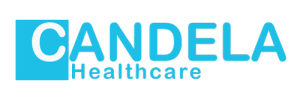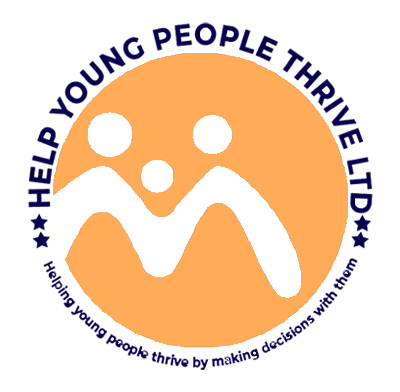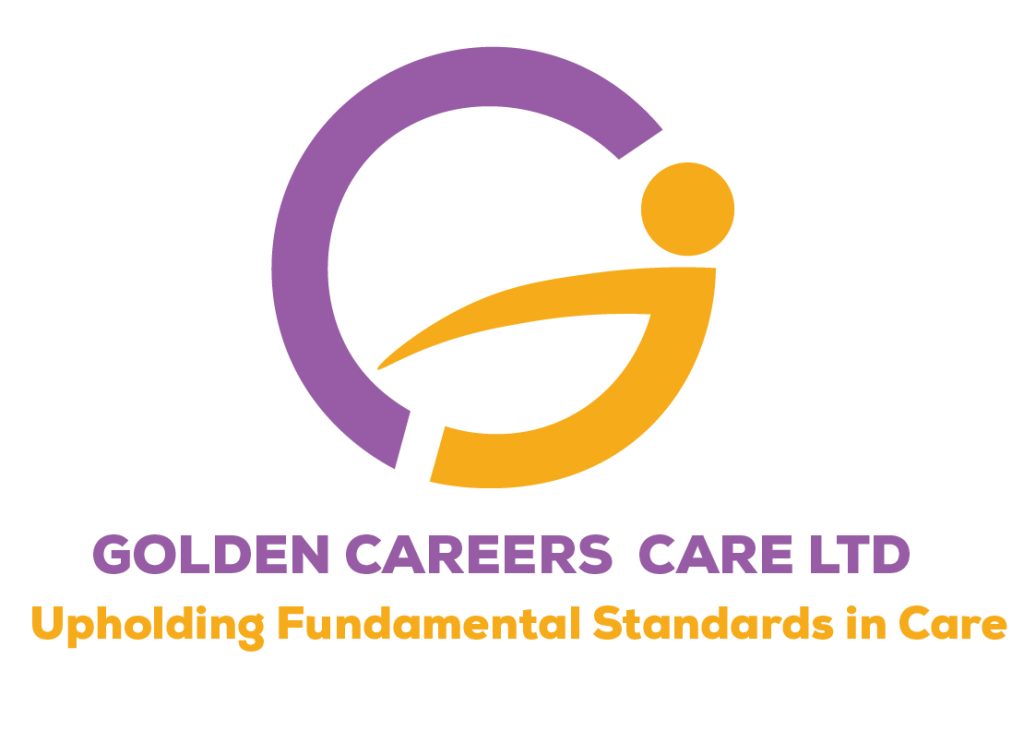Hybrid Guide for Current & Future Providers and Registered Managers
Why CQC Inspection Readiness 2025 matters now
CQC Inspection Readiness 2025 is more important than ever. Under the new Single Assessment Framework (SAF), which applies to all adult social care inspections from December 2023, providers must demonstrate robust evidence of quality and compliance. The first national ratings refresh is scheduled to complete by summer 2025, making now the time to get prepared and stay ahead.
SAF inspections are short notice, evidence driven and partly remote (video calls, digital document sharing), so waiting for an inspection letter leaves services exposed.
Solid preparation protects ratings, contracts, workforce morale, and most importantly, people’s outcomes.
1. Master the Single Assessment Framework
Same 5 key questions (Safe | Effective | Caring | Responsive | Well-led).
34 “We…” Quality Statements define what “good” looks like align every policy, audit and training brief to them.
6 evidence categories:
- People’s experience
- Feedback from staff & leaders
- Feedback from partners
- Processes
- Observation
- Outcomes
Digital first: Annual Provider Information Return (PIR) and factual accuracy responses must be sent through the online portal—check log-ins and set deputy access.
Action checklist:
- Map each Quality Statement to at least 2 live evidence sources (audit result, care plan sample, staff meeting minutes, etc.).
- Hold a leadership tabletop exercise score your own evidence against the SAF rating grid.
- Build a 12-month compliance calendar to gather evidence steadily (not in a panic).
- Track scores on an internal dashboard so you spot dips before CQC does.
2. Embed a Robust Quality-Assurance (QA) Audit Cycle
Regulation 17 – Good Governance demands systems that drive improvement, not just record it.
Plan-Do-Study-Act (PDSA) is CQC’s preferred continuous improvement loop show “Act” phases, not just “Plan” forms.
Three-tier model:
- Tier 1 (Daily/Weekly) – Frontline leads: MAR checks, cleaning logs, incident reviews.
- Tier 2 (Monthly) – Registered manager/deputy: thematic audits (safeguarding, staffing, documentation).
- Tier 3 (Quarterly) – External peer or governance lead: deep dive benchmark against SAF scoring template.
Close the loop: Every audit action needs an owner, deadline, proof of completion and verification at the next meeting.
Visualise trends: Run charts on accident frequency or medicine errors demonstrate proactive learning far better than narrative alone.
QA survival pack: audit template library, action log tracker, trend-graph dashboard, quarterly governance-report template.
3. Achieve Medicines-Management Excellence
Legal anchor: Regulation 12 – Safe Care & Treatment + NICE NG67 (community settings) + NICE SC1 (care-homes).
Inspection hot-spots:
- Electronic MAR with photo IDs and real-time error alerts.
- PRN protocols: personalised; symptom-specific; reviewed at least 6-monthly.
- Covert meds: best-interest meeting minutes + pharmacist & GP authorisation.
- High-risk meds (insulin, anticoagulants): double signing, competency checks, outcome monitoring.
Evidence package:
- Current competence records for every staff member who handles meds.
- Last 3 cycle counts with zero discrepancies or documented corrective actions.
- Trend graph showing error rate decreasing over 12 months.
Quick wins for CQC inspection readiness 2025:
- Introduce “no interrupt” vests/areas for medication rounds.
- Use bar-code scanning or smart-blister packs where budgets allow.
4. Govern Home Visits & Visiting Rights (Regulation 9A)
In force since 6 April 2024 – Services must facilitate inperson visits and external activities unless a documented individual risk assessment justifies restriction.
Care-home actions:
- Publish visiting policy aligned to Reg 9A and display it publicly.
- Keep dynamic risk assessments balancing infection control, individual choice and capacity.
- Record relatives’ feedback under People’s Experience evidence.
Home-care & supported-living lens:
Missed/late calls can be logged as harm events; use GPS check in and real time alerts.
Lone-worker safety: scheduled welfare checks, risk based double ups, refresher training on conflict management.
Practical checklist for CQC inspection readiness 2025:
- Written policy ✔️
- Individual visiting risk assessments ✔️
- Escalation pathway for late/missed visits ✔️
- Visitor feedback system ✔️
Further reading:
5. Inspection-Day Toolkit
- Grab-file by the front door: statement of purpose, latest QA summary, training matrix, emergency plans, survey results.
- Digital readiness: read only inspector credentials for e-rostering, e-MAR and audit dashboards.
- Team huddle (10 mins): SAF focus areas, “Tell us about your care” prompts, where to find evidence.
- Communication plan: nominate an inspection lead, document-request runner and briefing messenger.
Key Take-Home Messages
- Embed SAF language in everyday practice and track live evidence.
- Use PDSA-driven QA cycles to prove continuous learning under Regulation 17.
- Aim for zero medicines risk by aligning with Regulation 12 + NICE NG67/SC1.
- Comply with Regulation 9A to protect people’s visiting rights—and evidence every decision.


















